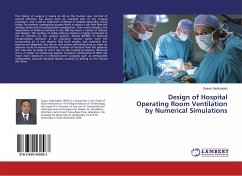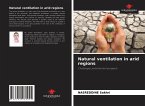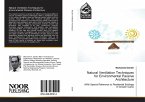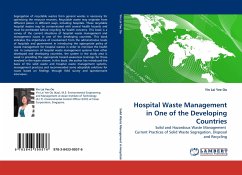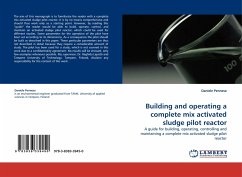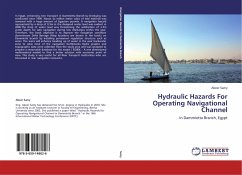The history of surgery is nearly as old as the human race. Control of wound infection has always been an essential part of any surgical procedure, and is still an important challenge in hospital operating rooms today. For patients undergoing surgery there is always a risk that they will develop some kind of postoperative complication. Over recent decades, the importance of airborne bacteria in the ORs has been a matter of interest and dispute. The number of viable airborne bacteria is highly correlated to risk of infection to the surgical patient. Almost 80-90% of bacterial contamination detected in an operative wound comes from the surrounding air. It was showen that both aerobic and anaerobic skin bacteria are dispersed into the air and survive sufficiently long to make an airborne route of wound infection. Transfer of bacteria from the patient's skin may also be likely to occur due to the surgical procedure, although this is a matter of continuing debate. Transport mechanisms of BCPs are much more important in infection-prone surgeries such as orthopaedic replacement, because bacterial species causing SSI belong to the normal skin flora.

